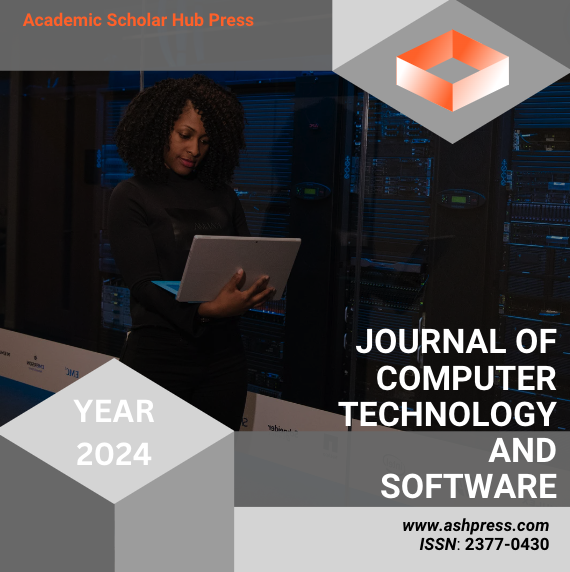Deep Contextual Risk Classification in Financial Policy Documents Using Transformer Architecture
Published 2024-11-30
How to Cite

This work is licensed under a Creative Commons Attribution 4.0 International License.
Abstract
This study proposes a Transformer-based method for identifying potential risks in financial policy texts. The method takes financial policy documents as input. It uses embedding layers and positional encoding to transform semantic information into learnable vector representations. Multiple layers of Transformer encoders are then applied to model deep dependencies between words. This allows the model to extract risk-related signals from policy content. To improve classification accuracy, the model introduces a nonlinear projection mechanism. It maps global semantic representations into the risk classification space. The model is optimized using the cross-entropy loss function. In terms of experimental design, a unified training framework is constructed. A publicly available financial text dataset is used to evaluate model performance. The effectiveness and stability of the model are validated through comparative experiments, hyperparameter sensitivity analysis, and attention visualization. The experimental results show that the proposed method outperforms existing mainstream models in precision, recall, and F1-score. It maintains a strong semantic understanding while effectively identifying potential risks in policy language. In addition, the study conducts further analysis on Transformer depth, choice of regularization techniques, and model adaptability across different periods. These findings provide both theoretical and empirical support for developing automated financial risk identification systems for real-world applications.
